Spotted Knapweed
(Centaurea maculosa)
A Study of the effects of a biological control agent by students from Fort Benton High School, MT
By: Nikki Bailey
October 23, 2002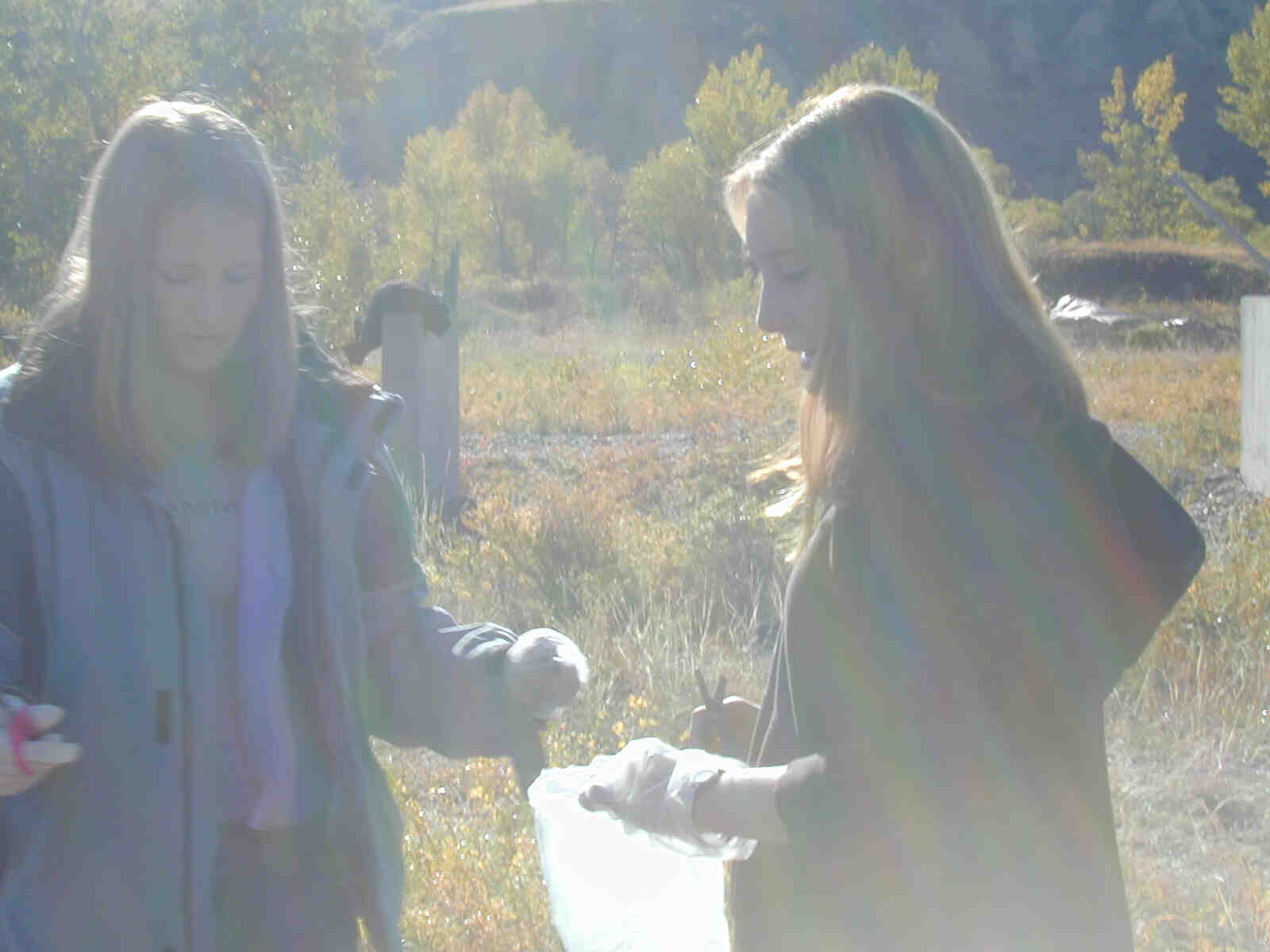
Collecting Seed Heads
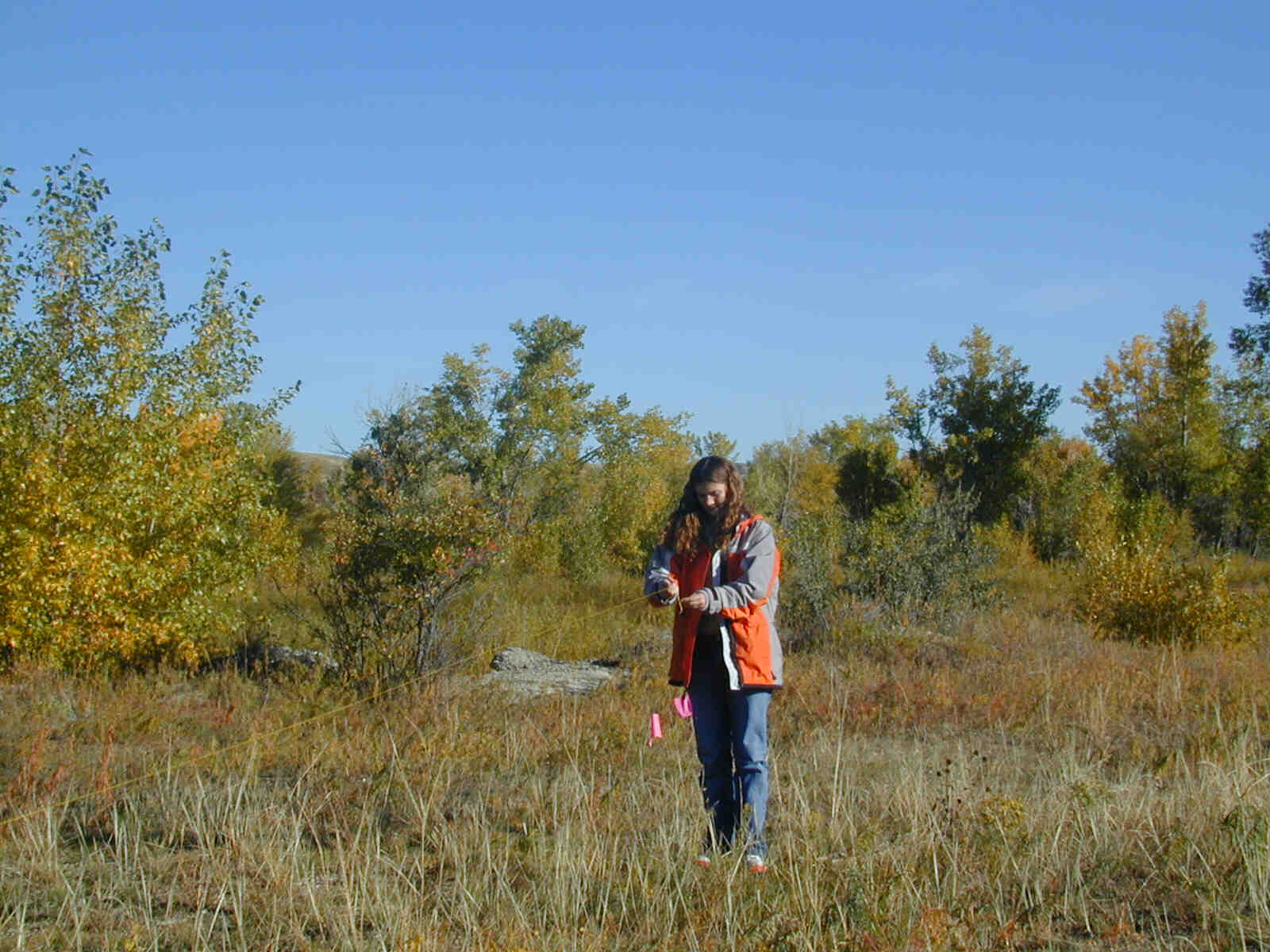
Making Mini Plots
Background:
Noxious Weeds:
Weeds are plants that interfere with the management objectives of a given area. Noxious weeds are weeds that society has declared our legal responsibility to manage because of their negative impacts. Noxious weeds also spread like wildfire out of control. These weeds displace native plants, reduce biodiversity, eliminate rare plant species, and alter normal ecological processes like the nutrient and water cycle. They also decrease wild life habitat and increase soil erosion.
Noxious weeds have a big effect on wildlife they reduce wildlife forage, alter thermal and escape cover, and some noxious weeds like cheatgrass increases the frequency of fires. These quick spreading weeds also have a huge affect on Agriculture they can displace valuable forage for livestock. They can reduce grazing capacities by 65% to 90%. Currently, weeds cost farmers over $100 million a year. (8)
In Montana there are three categories of noxious weeds. Category 1 is a well established weed that covers many acres like spotted knapweed. Category 2 is present but there is not much of it in the state like diffuse knapweed. Category 3 is a weed that this State doesn't have yet but know is on the way like yellow starthistle. (9)
Spotted Knapweed: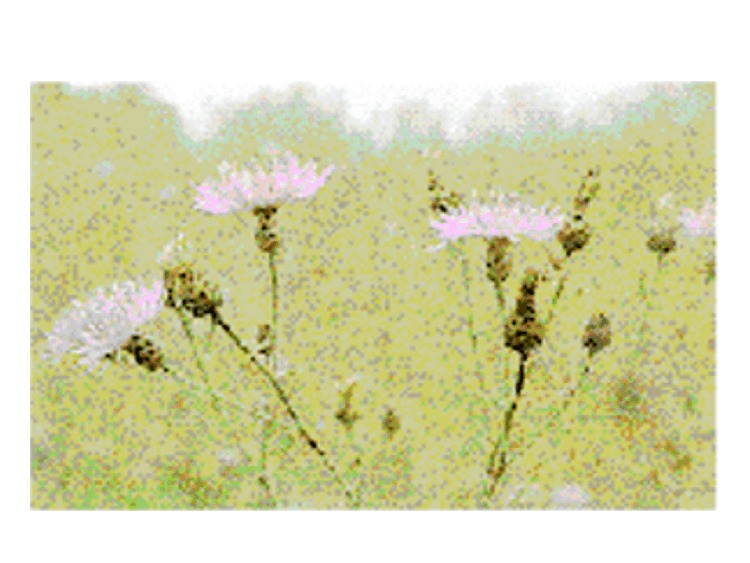
Spotted knapweed (Centaurea maculosa) is an aggressive introduced weed species that rapidly invades pasture range and fallow land causing a decline in forage and crop production. It releases a toxin that reduces the growth of other plants in the area. (2) It often displaces native vegetation. For example spotted knapweed causes blue bunch wheat grass to decrease by 88%. (6)
Spotted knapweed infests more than 4.5 million acres in Montana, and is present in every county. (7) Is costing the state 14 million dollars a year in control cost (8) and the county alone spends $3,000 a month to control spotted knapweed. (9)(spotted knapweed plant)
History:
Spotted knapweed’s native range is central Europe and east to central Russia and western Siberia. (6) In Europe the weed is found in light fertile well drained soils in warm areas. It occupies dry meadows, stony hills, roadsides, and sandy/gravely flood plains of rivers and streams. (3) It was introduced into North America in the late 1800’s as a contaminant in alfalfa. Early introductions were also thought to be in discarded soil used as ship ballast. The first record of spotted knapweed in North America was in Victoria, British Columbia in 1883. The weed was spread further in domestic alfalfa seed and hay. (6) Spotted knapweed does so well here because there are no natural enemies like back in Europe.(9) It tolerates the dry conditions in Europe but is thrives in wetter conditions like the mountains in western Montana. (3)Description and Life Cycle:
Spotted Knapweed is a biennial or a short lived perennial. It is commonly 3-4 feet tall and has leaves that grow 1-3 inches apart. The plants have single thistle like pinkish purple flower heads that get as big as ¾ inch in diameter at the tips of their stems. (See figure 1) The flowers bloom in late June to August. Their seeds are brownish and under ¼ inch in length notched on 1 side and have a short tuft of bristles at the tip for wind dispersal. The taproot is stout and elongated. (3)(Figure 1)
(figure 2)
The spotted knapweed flower blooms in late June to August for 2-6 days each. The bracts reopen after 20 days and scatter seeds. The seeds are viable for 7 years. They germinate through the growing season. Seedlings (see figure2) emerge in fall and develop into a rosette of leaves that resume growth in the spring. (3)Mechanical Control:
Spotted knapweed can be controlled mechanically by removing all the pioneering plants. Small populations can be removed by digging or pulling. When removing the plant the entire root should be removed. Mowing is not successful the weed will just reflower at a lower height. Annual burns can reduce knapweed populations by 5-90%, reductions seem to be associated with the intensity of the burns. (3)Chemical Control:
This is the effective way to elimainate spotted knapweed, but it also has the most adverse consequences because it involves the use of very potent chemicals. Experimental testing for effectiveness before use is recommended for the less toxic broad leaf herbicides such as Triclopyr or Glyphosate. Triclopyr in the water soluble formation with dye can be sprayed on the plant, it should be applied 3-4 times per year for 2 years and should have no effect on grasses, shrubs or trees. Other chemicals can be applied without affecting the other plants in the area are Picloram, Dicamba, and Clopyralid. (3)Biological Control:
There are several ways to control Spotted Knapweed biologically (see page 5 for map). 1st grazing with goats or sheep will decrease populations they are the only animals that destroy viable seeds. Insects that control knapweed are: two types of root mining moths, a flower moth (3), the Larinus minutus, a beetle whose larva destroys almost 100% of the seeds in the seed head the adults also eat leaves and flowers in the late summer causing less seed production. (See figure 4)(Figure 4)
(Figure 5)
Larinus minutus:
History:
The beetle is from Europe and was introduced to the USA in 1991 and is released in many western states including Montana.
Life Cycle:
The beetle winters in the ground by the roots of the plant. They lay about 130 eggs in clusters of 5 in the flower head, the eggs hatch after 3 days and become a larva. In the four weeks it takes for the larva to develop into a pupa it feeds on the pappus hair of the flower and then moves to the achenes where it then feeds on the seeds. This creates a cell (see figure 5). As a pupil it makes a white cocoon inside the seed head. The adult comes out of the cocoon in May through August. They mate and lay eggs for 11 weeks during the June, July, and August. The adult beetles are brownish gray and have a large snout. They are 4-5mm in length.
Redistributing and Purchasing:
The beetle prefers warm, dry climates with knapweed infestations, the plants should be 1-2 feet apart. About 500 adults should be released in an area. The area should also be open and not shaded. Adults can sometimes be acquired from the county or state weed management agencies for no cost. Commercially they can be purchased at Biological Control of Weeds website, for $100 for 105 insects. (4)
Another insect, the most promising are the 2 seed head attacking flies. The flies can reduce the population of spotted knapweed by 95%. (3)(Figure 6)
(Figure 7)
Urphora affinis (seed-head fly):
The fly (see figure 6) was first released in the USA in 1971 in many states including Montana. It can be found in the spring on unopened buds of the knapweed flower. The larva causes the plant to form a gall (see figure 5) in which the larva lives and feeds. The gall is found on the receptacle it is pointed at the tip and is made of lignified material.
It is a small fly 3-4 mm in length with a barred wing, and dark body. The fly larvae winters in the seed heads and emerges in mid to late spring as adults. After mating the eggs are laid in between bracts on the closed flower buds.
The larvae draws nutrients from the plant so new flower buds abort and do not develop due to the lack of nutrients. Unattached seed heads produce an average of 12.6 viable seeds. Each gall is estimated to reduce seed production by 2.4 seeds per seed head. (5)
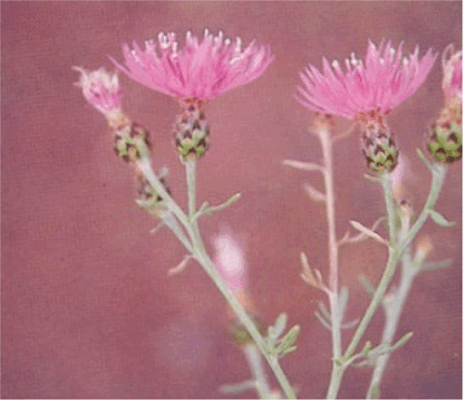

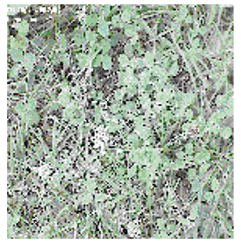 (Clover)
(Clover)